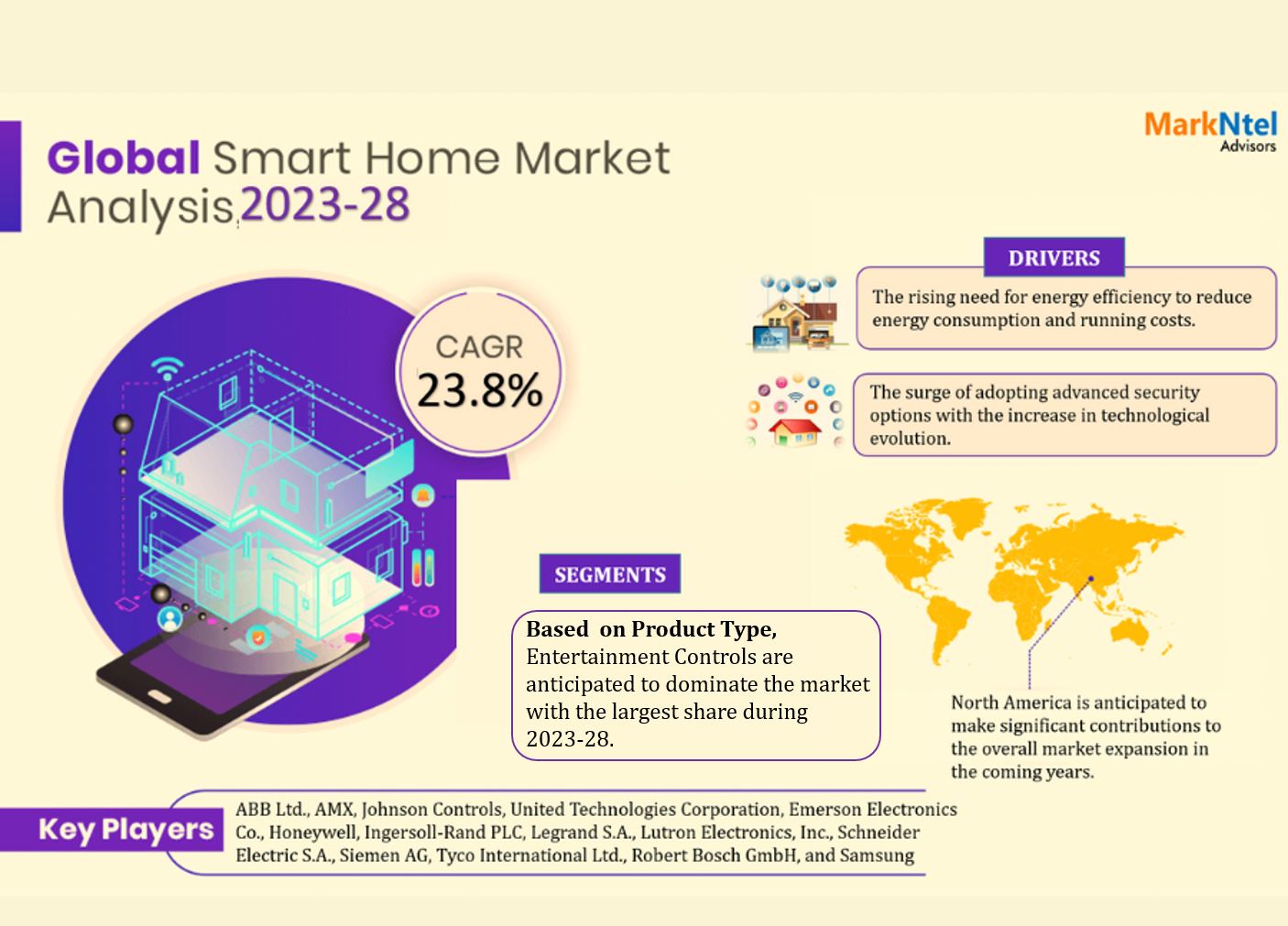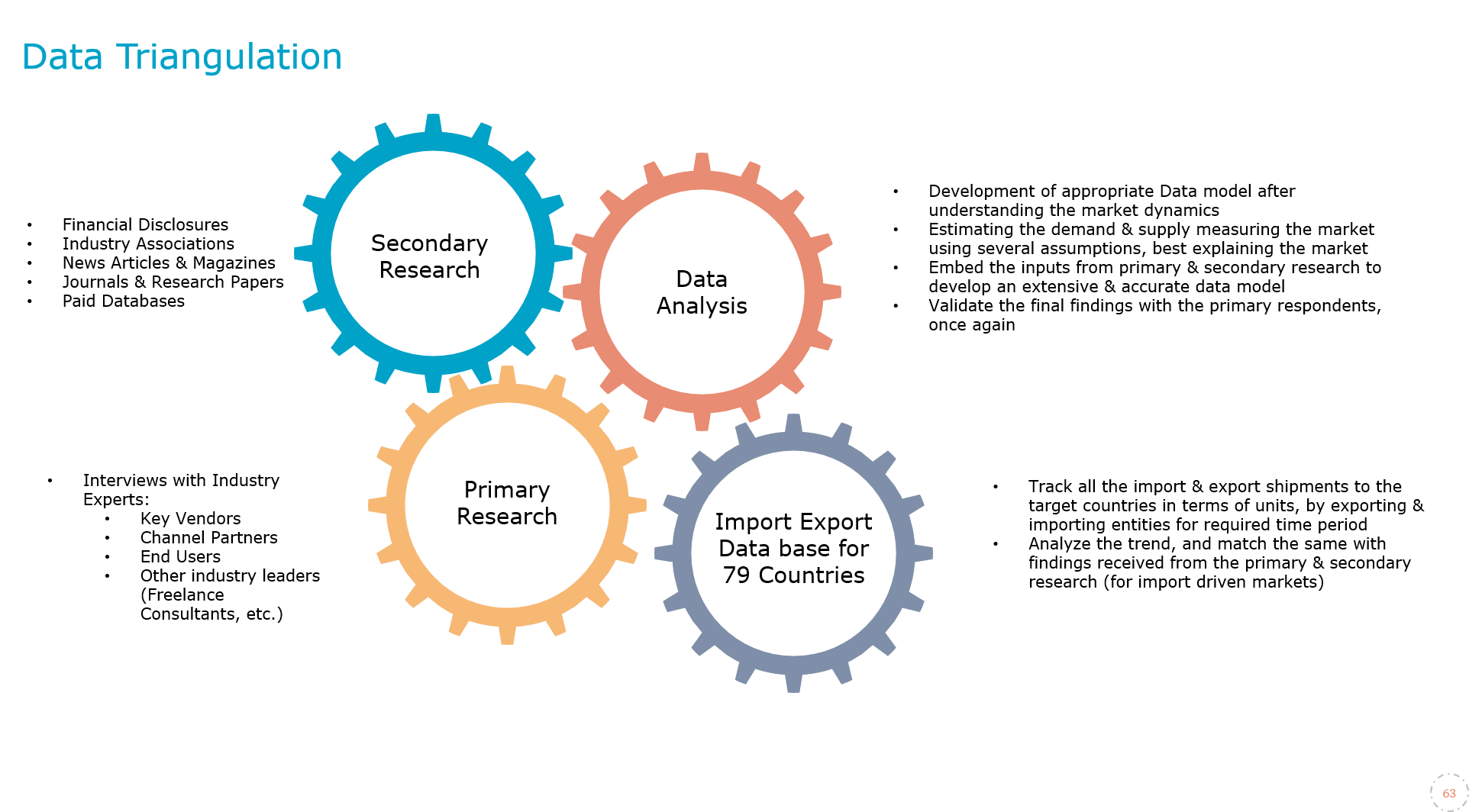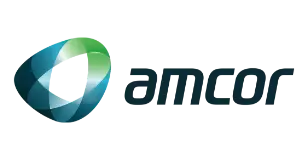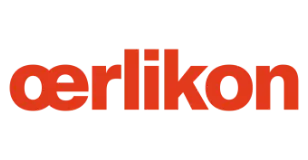
Global Smart Home Market Research Report: Forecast (2023-2028)
By Technology (Cellular Network Technologies, Protocols and Standards, Wireless Communication Technologies), By Software & Service (Behavioral, Proactive), By Product Type (Enterta...inment Controls, Security & Access Control, HVAC Control, Smart Home Appliances, Smart Kitchen, Smart Lighting Control, Smart Furniture, Others (Smart Plugs, Smoke Detectors, Smart Meters)), By Region (North America, South America, Europe, Middle East & Africa, Asia-Pacific), By Company (ABB Ltd., AMX, Johnson Controls, United Technologies Corporation, Emerson Electronics Co., Honeywell, Ingersoll-Rand PLC, Legrand S.A., Lutron Electronics, Inc., Schneider Electric S.A., Siemen AG, Tyco International Ltd., Robert Bosch GmbH, Siemens, Samsung) Read more
- ICT & Electronics
- Jun 2023
- Pages 200
- Report Format: PDF, Excel, PPT
Market Definition
Smart home comprise intelligent devices for a home operated remotely using a mobile or any internet-enabled device that allows consumers to control services like security access, temperature, lighting, & entertainment. These devices help enhance energy efficiency & appliance functionality, centralize operational control, supervise the security of Home, notify during leakage or flooding, and allow for real-time surveillance & motion detection.
Market Insights & Analysis: Global Smart Home Market (2023-28)
The Global Smart Home Market is projected to grow at a CAGR of around 23.8% during the forecast period, i.e., 2023-28. Most of the market expansion would be driven by the growing penetration of the internet & smartphones worldwide, coupled with the ever-increased focus of several countries on reducing carbon emissions & promoting the use of energy-efficient appliances & devices. Besides, the rising adoption of security cameras, video door alarms, facial-recognition devices, ultra-modern burglar alarms, and remote-controlled locks by households is another prominent aspect projecting a significant boost for the market.
| Report Coverage | Details |
|---|---|
| Study Period | Historical Data: 2018-21 |
| Base Year: 2022 | |
| Forecast Period: 2023-28 | |
| CAGR (2023-2028) | 23.8% |
| Regions Covered | North America: The US, Canada, Mexico |
| Europe: Germany, The UK, France, Spain, Italy | |
| Asia-Pacific: China, India, Japan, South Korea, Australia | |
| South America: Brazil, Argentina | |
| Middle East & Africa: The UAE, Saudi Arabia, Qatar, South Africa | |
| Key Companies Profiled | ABB Ltd., AMX, Johnson Controls, United Technologies Corporation, Emerson Electronics Co., Honeywell, Ingersoll-Rand PLC, Legrand S.A., Lutron Electronics, Inc., Schneider Electric S.A., Siemen AG, Tyco International Ltd., Robert Bosch GmbH, Siemens, and Samsung |
| Unit Denominations | USD Million/Billion |
Smart home devices help enhance energy efficiency by effectively managing different utilities like televisions, lighting, and gaming systems, among others, as well as controlling their energy utilization by shutting them off automatically when not in use. The rising penetration of digital assistants like Siri, Google Assistant, Alexa, & Bixby has enabled smart devices to be controlled & managed through voice commands. Moreover, the quick & wide acceptance of advanced technologies like the IoT (Internet of Things), Blockchain, and AI (Artificial Intelligence), among others, alongside their integration into smart devices, is also stimulating the market expansion.
The most recent application of smart home technology has opened up a plethora of opportunities, like the combination of AI & automation that provides domestic assistance in an all-new & innovative manner, thereby ensuring sophisticated technical gadgets & security. It come equipped with video door alarms, facial recognition devices, ultra-modern burglar alarms, and remote-controlled locks as some of the most popular security options. Another prominent aspect projected to drive the smart home industry is the IoT emergence, which has facilitated significant energy savings for consumers. In the future, massive clusters of sensors & devices communicating through high-speed internet technology like 5G shall be observed in the home, which would heighten the expansion of this technology, further enhancing the Global Smart Home Market size.

Market Dynamics
Key Driver: Rising Need for Energy Efficiency to Reduce Running Costs
With alarming levels of carbon emissions as a result of rising warming, energy efficiency is a crucial aspect of any country's development. As smart Home account for a considerable portion of the world's total energy consumption, the mounting consumer need for enhanced energy savings & minimized living costs is the prime aspect projected to drive the market during 2023-28. Additionally, the rising number of smart buildings owing to rapid urbanization, the increasing penetration of smartphones & the internet, growing adoption of intelligent technologies in Home, such as video doorbells, voice-assistants (Alexa and Google Home), & surveillance systems, among others, are also projected to fuel the market growth through 2028.
Growth Restraint: Consumer Concerns Regarding Security & Privacy Breaches
Smart home devices are prone to hacking tools as all the data associated with a user's personal information, physical safety, & healthcare is stored virtually on the cloud, which increases the chances of data breaches that hackers can use to victimize homeowners. Moreover, data generated by smart wearables & appliances can provide cyber attackers with a massive amount of targeted personal information that can be manipulated potentially for fraudulent transactions or identity theft. Hence, these aspects are projected to act as major growth restraints for the market during 2023-28.
Market Segmentation
Based on Product Type:
- Entertainment Controls
- Security & Access Control
- HVAC Control
- Smart Home Appliances
- Smart Kitchen
- Smart Lighting Control
- Smart Furniture
Entertainment Controls are anticipated to dominate the market with the largest share during 2023-28. This growth is driven primarily by the improving economic conditions of their people and their inclination toward the utilization of wireless communication & cellular technology advancements. As a result, the demand for device controls like Audio, Volume & Multimedia Room Controls, Home Theater System Control, and Touchscreen & Keypads, among others.
Here, the popularity of audio, volume, & multimedia room controls are substantial and are driven by the convenience of these devices in managing & controlling systems within a house. Since advancements in wireless communication technologies are boosting aspects of smart Home, the utilization of these products is escalating rapidly and curating the fundamentals underlying the market dynamics.
On the other hand, HVAC Controls are anticipated to make a significant contribution to the overall expansion of the Smart Home Market during the forecast period. The growth is driven by the active participation of the governments of different countries, encouraging people to adopt energy-efficient solutions, including HVAC systems. It, in turn, is augmenting the procurement of HVAC Controls for advanced heating & air conditioning units in buildings. Besides, a greater inclination toward the construction of smart cities is also triggering the development of smart buildings with energy-effective HVAC solutions. As a result, the demand for these controls is escalating rapidly & positively influencing the market growth.
Regional Projection
Geographically, the Smart Home Market expands across:
- North America
- South America
- Europe
- Middle East & Africa
- Asia-Pacific
Of all regions globally, North America is anticipated to make significant contributions to the overall market expansion in the coming years. This growth is driven by the growing focus of the governments of different countries in the region toward modernization, showcasing a greater inclination toward the development of smart Home. As a result, the sales of smart home appliances & devices, including entertainment controls, Security & Access controls, among others.
According to the Energy Department of the US, buildings account for a majority of electrical utilization. Yet, with greater consciousness for energy conservation, the government is focusing more on the deployment of energy-efficient solutions, including smart Home, to mitigate greenhouse gas (GHG) emissions. The same aspect further hints toward the presence of lucrative opportunities for the leading players to widen their offerings and cater to the burgeoning demands through the forecast period.
Furthermore, with the strong presence of prominent players operating in the market, entwined with the growing adoption of core communication technologies like Bluetooth, WiFi, NFC, Zigbee, and 5G network, among others, the potential for the smart home market is expanding.
Recent Developments in the Global Smart Home Market
- In January 2022, Samsung Electronics Co., Ltd. joined forces with Home Connectivity Alliance (HCA) in line with its aim to enhance the smart home experience through interoperability in home appliances, HVAC systems, & TVs. This partnership shall be aimed mainly at providing consumers with more options to customize their ecosystems while improving data privacy & device safety.
- In September 2021, Amazon.com, Inc. launched its long-awaited home robot, Astro. Equipped with cameras and a screen, it can autonomously drive around your home, map the home's layout, recognize objects, and check on loved ones & pets remotely.
Gain a Competitive Edge with Our Global Smart Home Market Report
- Global Smart Home Market Report by MarkNtel Advisors provides a detailed & thorough analysis of market size & share, growth rate, competitive landscape, and key players. This comprehensive analysis helps businesses gain a holistic understanding of the market dynamics & make informed decisions.
- This report also highlights current market trends & future projections, allowing businesses to identify emerging opportunities & potential challenges. By understanding market forecasts, companies can align their strategies & stay ahead of the competition.
- Global Smart Home Market Report aids in assessing & mitigating risks associated with entering or operating in the market. By understanding market dynamics, regulatory frameworks, and potential challenges, businesses can develop strategies to minimize risks & optimize their operations.
Frequently Asked Questions
- Introduction
- Product Definition
- Research Process
- Market Segmentation
- Assumptions
- Preface
- Executive Summary
- Impact of COVID-19 on Global Smart Homes Market
- Global Smart Homes Market Outlook, 2018-2028F
- Market Size & Analysis
- Revenues
- Market Share & Analysis
- By Technology
- Cellular Network Technologies
- Protocols and Standards
- Wireless Communication Technologies
- By Software & Service
- Behavioral
- Proactive
- By Product Type
- Entertainment Controls
- Audio, Volume and Multimedia Room Controls
- Home Theater System Control
- Touchscreen and Keypads
- Security & Access Control
- Video Surveillance
- Hardware
- Software
- Services
- Access Control
- Non-Biometric Access Control
- Biometric Access Control
- Video Surveillance
- HVAC Control
- Smart Thermostats
- Sensors
- Actuators
- Dampers
- Control Valves
- Heating and Cooling Coils
- Pumps & Fans
- Smart Vents
- Smart Home Appliances
- Smart Washer
- Smart Dryers
- Smart Water Heaters
- Smart Vacuum Cleaners
- Smart Kitchen
- Smart Dishwashers
- Smart Refrigerators
- Smart Cookers
- Smart Ovens
- Smart Coffee Makers
- Smart Kettles
- Smart Lighting Control
- Dimmers
- Switches
- Relays
- Daylight Sensors
- Timers
- Others
- Smart Furniture
- Smart Tables
- Smart Stools and Benches
- Smart Sofas
- Smart Chairs
- Smart Desks
- Others (Smart Plugs, Smoke Detectors, Smart Meters)
- Entertainment Controls
- By Region
- North America
- South America
- Europe
- Middle East & Africa
- Asia-Pacific
- By Company
- Competition Characteristics
- Market Share & Analysis
- Competitive Matrix
- By Technology
- Market Size & Analysis
- North America Smart Homes Market Outlook, 2018-2028F
- Market Size & Analysis
- Revenues
- Market Share & Analysis
- By Technology
- By Software & Service
- By Product Type
- By Country
- The US Smart Homes Market Outlook, 2018-2028F
- Market Size & Analysis
- Revenues
- Market Share & Analysis
- By Technology
- Market Size & Analysis
- Canada Smart Homes Market Outlook, 2018-2028F
- Market Size & Analysis
- Revenues
- Market Share & Analysis
- By Technology
- Market Size & Analysis
- Mexico Smart Homes Market Outlook, 2018-2028F
- Market Size & Analysis
- Revenues
- Market Share & Analysis
- By Technology
- Market Size & Analysis
- The US Smart Homes Market Outlook, 2018-2028F
- Market Size & Analysis
- South America Smart Homes Market Outlook, 2018-2028F
- Market Size & Analysis
- Revenues
- Market Share & Analysis
- By Technology
- By Software & Service
- By Product Type
- By Country
- Brazil Smart Homes Market Outlook, 2018-2028F
- Market Size & Analysis
- Revenues
- Market Share & Analysis
- By Technology
- Market Size & Analysis
- Argentina Smart Homes Market Outlook, 2018-2028F
- Market Size & Analysis
- Revenues
- Market Share & Analysis
- By Technology
- Market Size & Analysis
- Brazil Smart Homes Market Outlook, 2018-2028F
- Market Size & Analysis
- Europe Smart Homes Market Outlook, 2018-2028F
- Market Size & Analysis
- Revenues
- Market Share & Analysis
- By Technology
- By Objective
- By Trait
- By Application
- By Country
- The UK Smart Homes Market Outlook, 2018-2028F
- Market Size & Analysis
- Revenues
- Market Share & Analysis
- By Technology
- Market Size & Analysis
- Italy Smart Homes Market Outlook, 2018-2028F
- Market Size & Analysis
- Revenues
- Market Share & Analysis
- By Technology
- Market Size & Analysis
- Germany Smart Homes Market Outlook, 2018-2028F
- Market Size & Analysis
- Revenues
- Market Share & Analysis
- By Technology
- Market Size & Analysis
- France Smart Homes Market Outlook, 2018-2028F
- Market Size & Analysis
- Revenues
- Market Share & Analysis
- By Technology
- Market Size & Analysis
- Spain Smart Homes Market Outlook, 2018-2028F
- Market Size & Analysis
- Revenues
- Market Share & Analysis
- By Technology
- Market Size & Analysis
- The UK Smart Homes Market Outlook, 2018-2028F
- Market Size & Analysis
- Middle East & Africa Smart Homes Market Outlook, 2018-2028F
- Market Size & Analysis
- Revenues
- Market Share & Analysis
- By Technology
- By Software & Service
- By Product Type
- By Country
- Saudi Arabia Smart Homes Market Outlook, 2018-2028F
- Market Size & Analysis
- Revenues
- Market Share & Analysis
- By Technology
- Market Size & Analysis
- UAE Smart Homes Market Outlook, 2018-2028F
- Market Size & Analysis
- Revenues
- Market Share & Analysis
- By Technology
- Market Size & Analysis
- Qatar Smart Homes Market Outlook, 2018-2028F
- Market Size & Analysis
- Revenues
- Market Share & Analysis
- By Technology
- Market Size & Analysis
- South Africa Smart Homes Market Outlook, 2018-2028F
- Market Size & Analysis
- Revenues
- Market Share & Analysis
- By Technology
- Market Size & Analysis
- Saudi Arabia Smart Homes Market Outlook, 2018-2028F
- Market Size & Analysis
- Asia-Pacific Smart Homes Market Outlook, 2018-2028F
- Market Size & Analysis
- Revenues
- Market Share & Analysis
- By Technology
- By Software & Service
- By Product Type
- By Country
- China Smart Homes Market Outlook, 2018-2028F
- Market Size & Analysis
- Revenues
- Market Share & Analysis
- By Technology
- Market Size & Analysis
- Japan Smart Homes Market Outlook, 2018-2028F
- Market Size & Analysis
- Revenues
- Market Share & Analysis
- By Technology
- Market Size & Analysis
- India Smart Homes Market Outlook, 2018-2028F
- Market Size & Analysis
- Revenues
- Market Share & Analysis
- By Technology
- Market Size & Analysis
- South Korea Smart Homes Market Outlook, 2018-2028F
- Market Size & Analysis
- Revenues
- Market Share & Analysis
- By Technology
- Market Size & Analysis
- Australia Smart Homes Market Outlook, 2018-2028F
- Market Size & Analysis
- Revenues
- Market Share & Analysis
- By Technology
- Market Size & Analysis
- China Smart Homes Market Outlook, 2018-2028F
- Market Size & Analysis
- Global Smart Homes Market Policies, Regulations, Product Standards
- Global Smart Homes Market Trends & Insights
- Global Smart Homes Market Dynamics
- Growth Drivers
- Challenges
- Impact Analysis
- Global Smart Homes Market Hotspot & Opportunities
- Global Smart Homes Market Key Strategic Imperatives for Success & Growth
- Competition Outlook
- Competition Matrix
- Product/ Solution Portfolio
- Target Markets
- Target End Users
- Research & Development
- Strategic Alliances
- Strategic Initiatives
- Company Profiles of Top Companies (Business Description, Product Segments, Business Segments, Financials, Strategic Alliances/ Partnerships, Future Plans)
- ABB Ltd.
- AMX
- Johnson Controls
- United Technologies Corporation
- Emerson Electronics Co.
- Honeywell
- Ingersoll-Rand PLC
- Legrand S.A.
- Lutron Electronics, Inc.
- Schneider Electric S.A.
- Siemen AG
- Tyco International Ltd.
- Robert Bosch GmbH
- Siemens
- Samsung
- Competition Matrix
- Disclaimer
MarkNtel Advisors follows a robust and iterative research methodology designed to ensure maximum accuracy and minimize deviation in market estimates and forecasts. Our approach combines both bottom-up and top-down techniques to effectively segment and quantify various aspects of the market. A consistent feature across all our research reports is data triangulation, which examines the market from three distinct perspectives to validate findings. Key components of our research process include:
1. Scope & Research Design At the outset, MarkNtel Advisors define the research objectives and formulate pertinent questions. This phase involves determining the type of research—qualitative or quantitative—and designing a methodology that outlines data collection methods, target demographics, and analytical tools. They also establish timelines and budgets to ensure the research aligns with client goals.
2. Sample Selection and Data Collection In this stage, the firm identifies the target audience and determines the appropriate sample size to ensure representativeness. They employ various sampling methods, such as random or stratified sampling, based on the research objectives. Data collection is carried out using tools like surveys, interviews, and observations, ensuring the gathered data is reliable and relevant.
3. Data Analysis and Validation Once data is collected, MarkNtel Advisors undertake a rigorous analysis process. This includes cleaning the data to remove inconsistencies, employing statistical software for quantitative analysis, and thematic analysis for qualitative data. Validation steps are taken to ensure the accuracy and reliability of the findings, minimizing biases and errors.

4. Data Forecast and FinalizationThe final phase involves forecasting future market trends based on the analyzed data. MarkNtel Advisors utilize predictive modeling and time series analysis to anticipate market behaviors. The insights are then compiled into comprehensive reports, featuring visual aids like charts and graphs, and include strategic recommendations to inform client decision-making









